This is a paid post, written by the New York Film Academy.
The New York Film Academy is a purveyor of great cinematography of any genre, but faculty staff at the filmmaking school particularly enjoy a good film noir, especially when using it to teach students the nuances of expressionism.
Here we unveil seven of the Academy’s favorite film noir flicks. Where possible, we’ve provided links to the full movies.
“White Heat” (1949, Raoul Walsh)
Starring: James Cagney, Virginia Mayo, Edmond O’Brien
Heist films don’t get any better than this. “White Heat” is a precursor to many of the great gangster and prison movies of the ’50s, albeit a lot grittier and a lot darker than the films it went on to inspire.
Virginia Mayo is a divine femme fatale, and James Cagney’s performance as psychotic mobster Cody Jarrett is electrifying.
https://www.youtube.com/watch?v=ghapUv2Tp2I
 “Sudden Fear” (1952, David Miller)
“Sudden Fear” (1952, David Miller)
Starring: Joan Crawford, Jack Palance, Gloria Grahame
After a string of marvelous hard-boiled flicks with Warner Bros., Joan Crawford left the studio and went on to star in the psychological masterpiece “Sudden Fear.” It’s a great movie and one of the best of Crawford’s ’50s output; it also earned her an Oscar nomination for best actress. Palance received a nod for Best Actor in a supporting role. The film itself rightfully received nominations for best costume design and best cinematography.






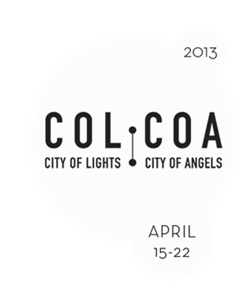
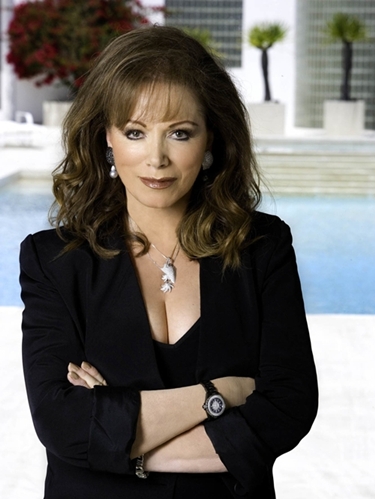

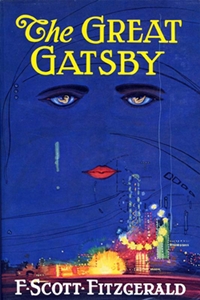


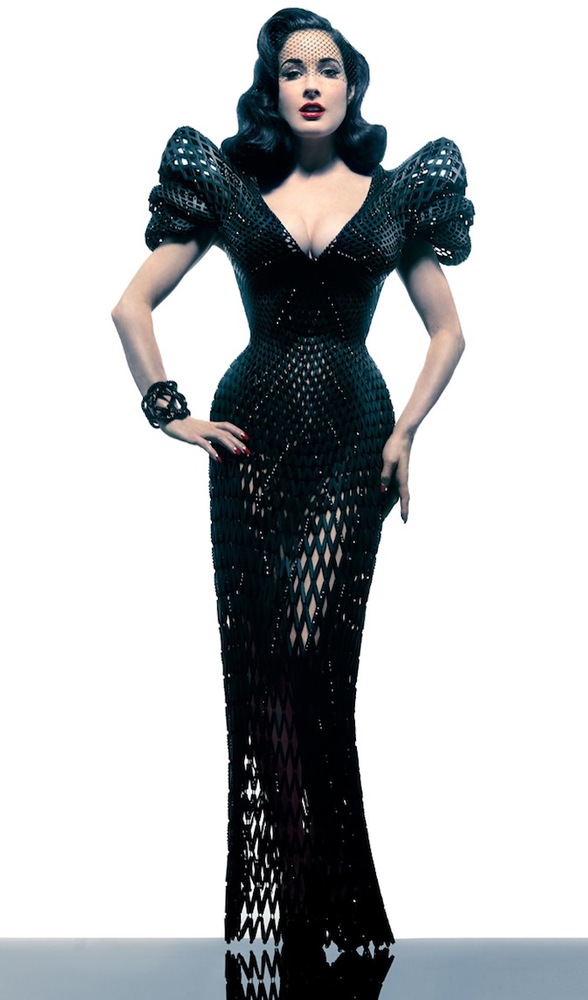
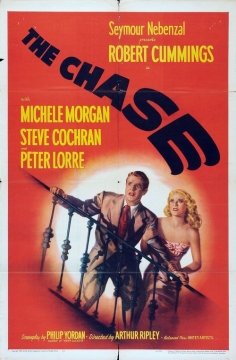


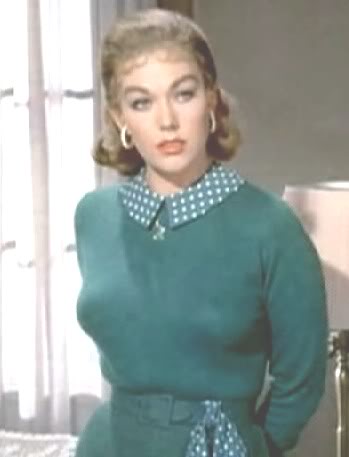

![Airbrushed-Nation[1]](http://www.filmnoirblonde.com/wp-content/uploads/2013/02/Airbrushed-Nation14.jpg)


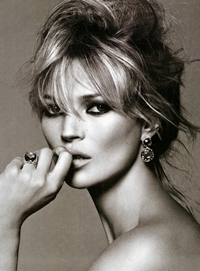
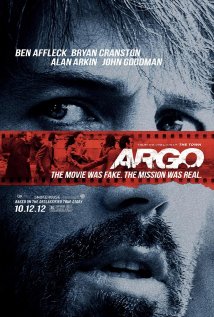
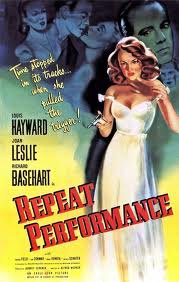





From FNB readers